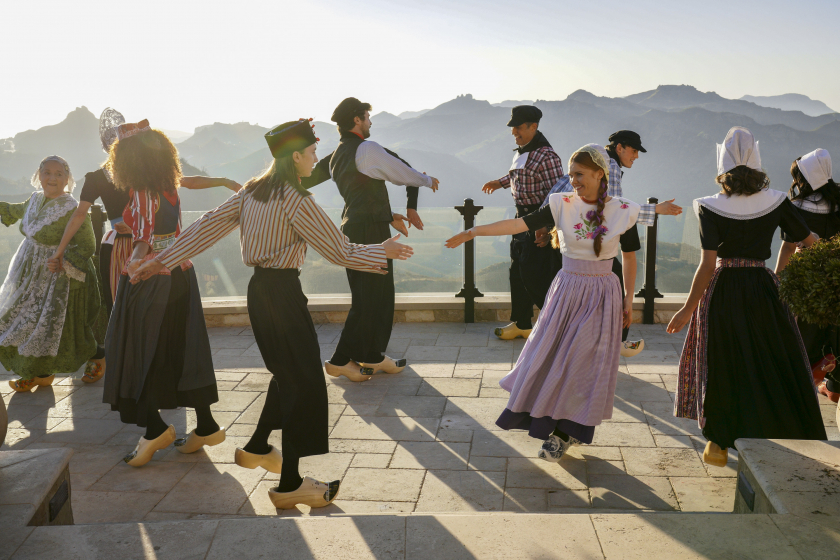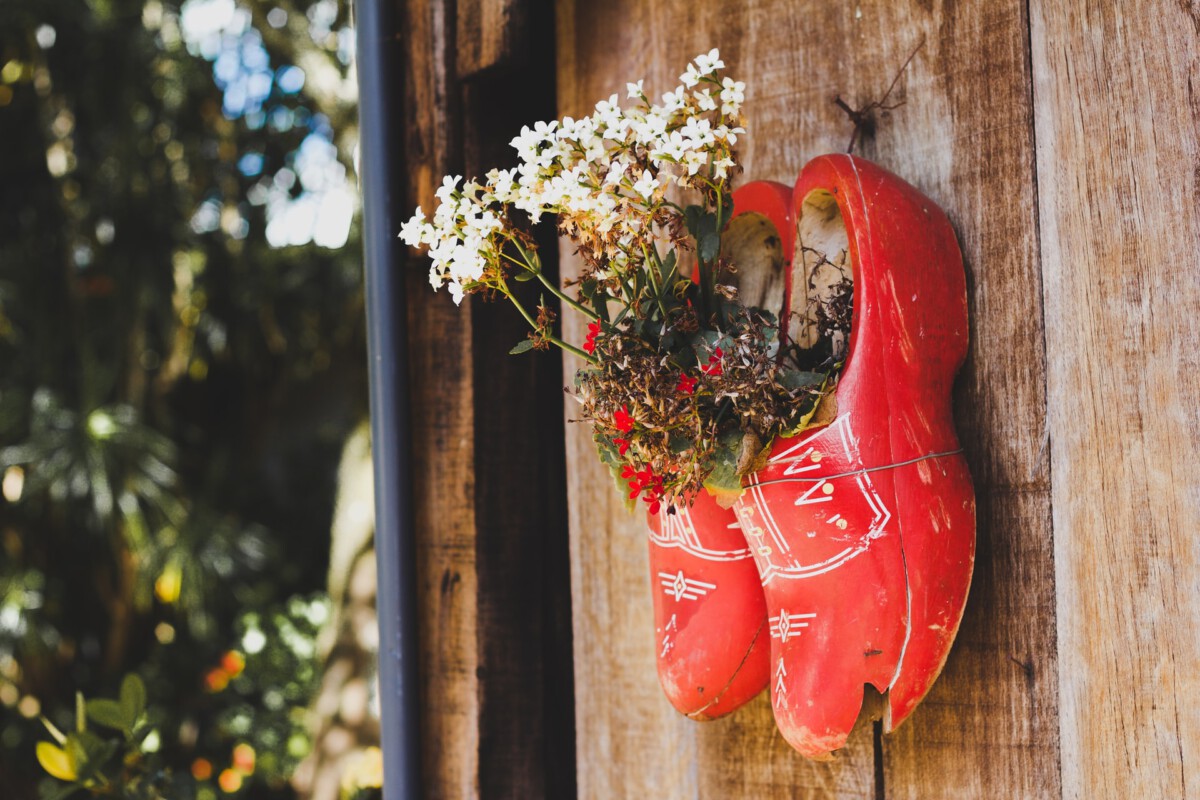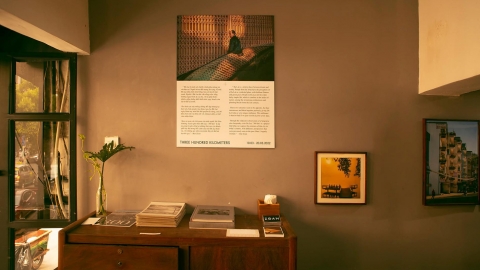When mentioning the characteristics of the Netherlands, the image of windmills certainly appears first in everyone's mind. But besides that, the land of tulips also possesses a cultural symbol that contains many interesting things, which are the rustic, pretty wooden shoes, called Clogs or Klompen.
I first encountered Clogs in Zaanse Schans, 20km from the center of Amsterdam. It is a small village with fairy-tale-like windmills and small factories with the scent of cheese on the banks of the poetic Zaan River. This is also one of the few places where one can admire a large collection of Clogs in the Netherlands and directly observe the process by which artisans create a complete product. There, I also listened to the story of the colorful shoes.

Zaanse Schans village (Netherlands) is famous for its windmills and clogs.
SIMPLE BEGINNINGS
Hundreds of years ago, in the peaceful villages of the Netherlands, beautiful and colorful wooden shoes played an important role in the cultural and spiritual life of the local people. The oldest pair of shoes found dates back to 1230 and is currently on display at the Rotterdam Museum. This is also considered a milestone for their appearance, although in fact, the history of Clogs most likely began before that.
Many documents say that Clogs were inspired by the ancient Roman shoe model, which existed more than 2000 years ago. Initially, they only had wooden soles and leather straps, with a shape similar to regular sandals. Later, to suit the needs of use, people changed the design to be completely made of wood as it is today.

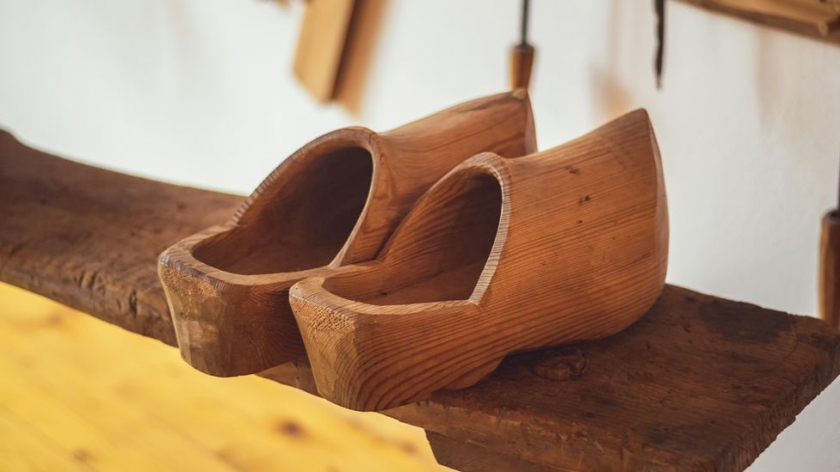
The large and somewhat rough appearance of clogs makes people imagine that they will be quite heavy and difficult to move. However, in reality, the feeling of trying on a pair of clogs fits quite comfortably. The lines hug the foot neatly, not bulky and heavy as imagined. The most interesting thing is the sound of wooden clogs hitting the stone floor, creating a very pleasant clacking sound.
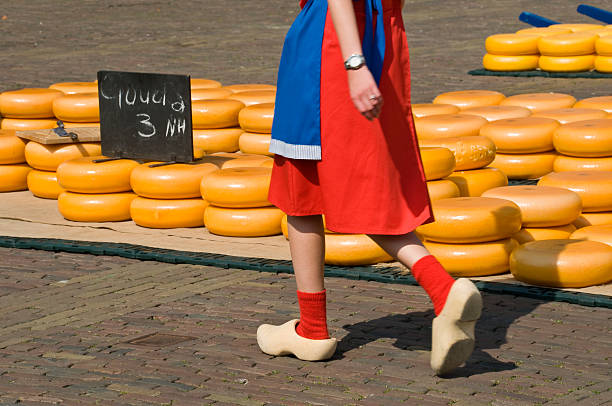
Clogs are not just a type of clothing, but also an important companion of rural workers for hundreds of years. The thick wood material and closed-toe design help keep feet warm perfectly, especially in rainy weather and cold winters in the Netherlands; at the same time, it also prevents water and mud while still being breathable. On the other hand, the wooden sole has an anti-slip effect, combined with the design like a floating boat, limiting the case of the wearer sinking when in contact with swampy areas. Clogs are even recognized by the European Union as a type of safety shoe, resistant to impacts from hard, sharp objects.
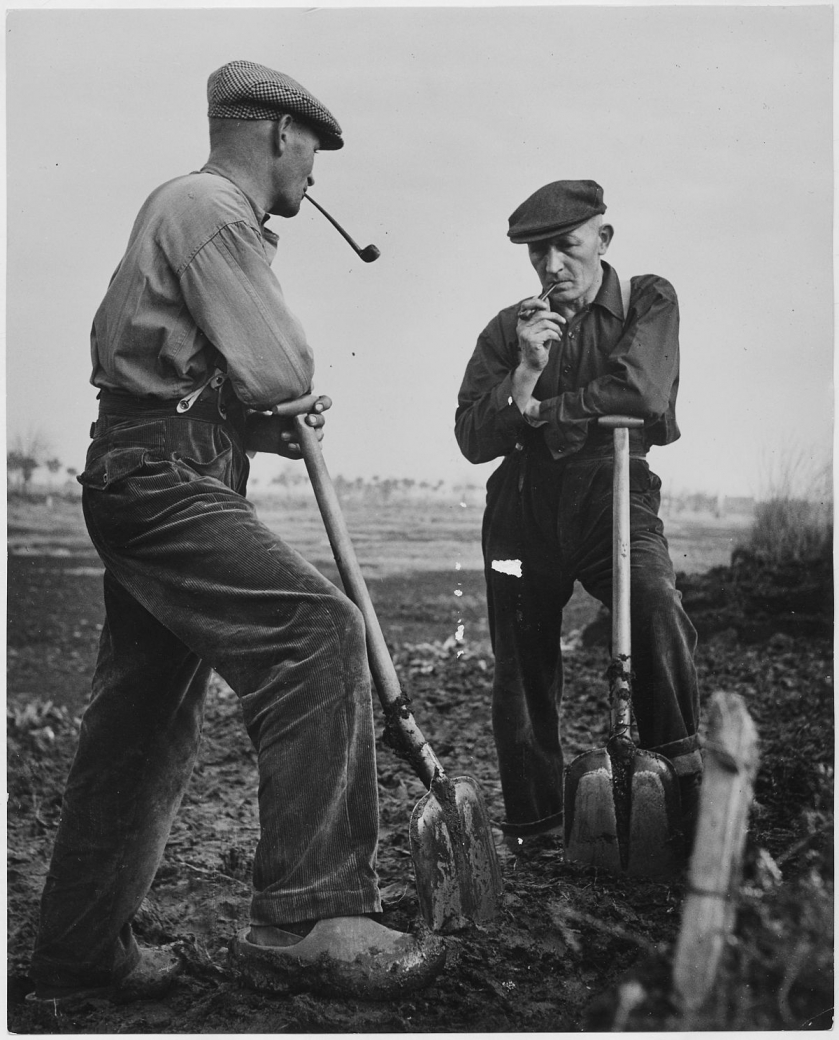
That is also the reason why for hundreds of years, clogs have been so popular in the suburbs of the Netherlands. From children, the elderly to the working class, everyone has their own pair of beautiful wooden shoes.
The effort for a pair of wooden shoes
Born in the Middle Ages, the Clogs were originally made entirely by hand by skilled carpenters. Initially, they had to select pieces of wood of suitable size from poplar or willow; then chisel and carve them by hand to create the overall shape. The hollowing of the shoe sole was always the most complicated step because it required the use of a special drilling tool to carve a deep enough hole to fit the foot measurement. Any mistake in this step could easily ruin the entire shoe. Because the steps were all done by hand, this process took quite a lot of time, maybe a session, or a day or even many days to produce a complete pair of shoes. Not measured by machines, the Clogs of that period had a very unique "imperfect" look, both rustic and containing the dedication of the craftsmen.


Nowadays, people use more machines to produce clogs. However, this does not mean that visitors lose the poetic feeling when admiring the process of making them.
In the village of Zaanse Schans, I got to see with my own eyes the shoemaking process, from shaping with a cutting machine to create identical shoes, to carefully moving the chisel skillfully to carve out the shape of the shoe sole, trimming off the excess with a specialized knife, then letting it dry and painting it with countless brilliant colors and shapes.


With a small shoe in hand, the skilled artisans skillfully manipulated the tools. The whirring sound of the sharpening machines and the rustic scent of wood chips filled the air, creating a beautiful, clear film of traditional culture. In no time, a simple and pretty pair of shoes was born.
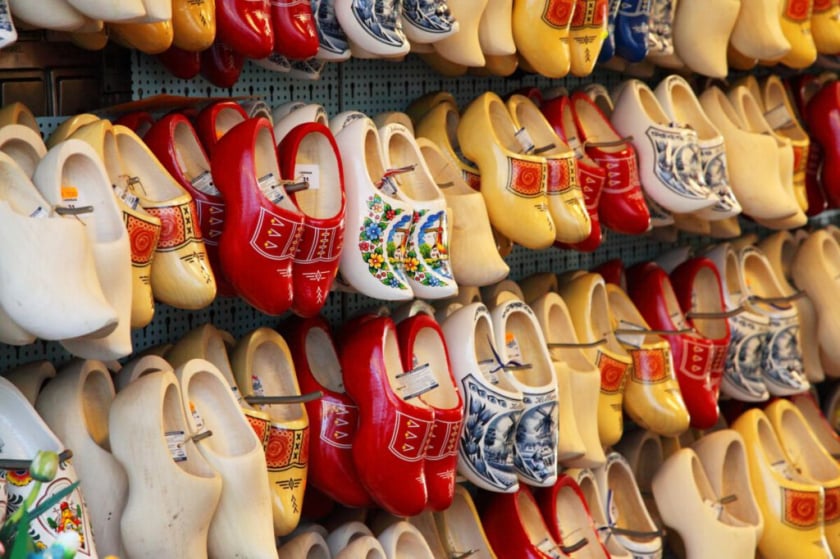
At the wooden house located in the center of Zaanse Schans village, thousands of clogs from traditional versions to giant models for tourists to take pictures or tiny ones on key chains are displayed in a huge collection. Through the window are the grasslands, the river and the windmills slowly turning. All bring a peaceful and nostalgic space, where people can relive the atmosphere of the old Dutch countryside.

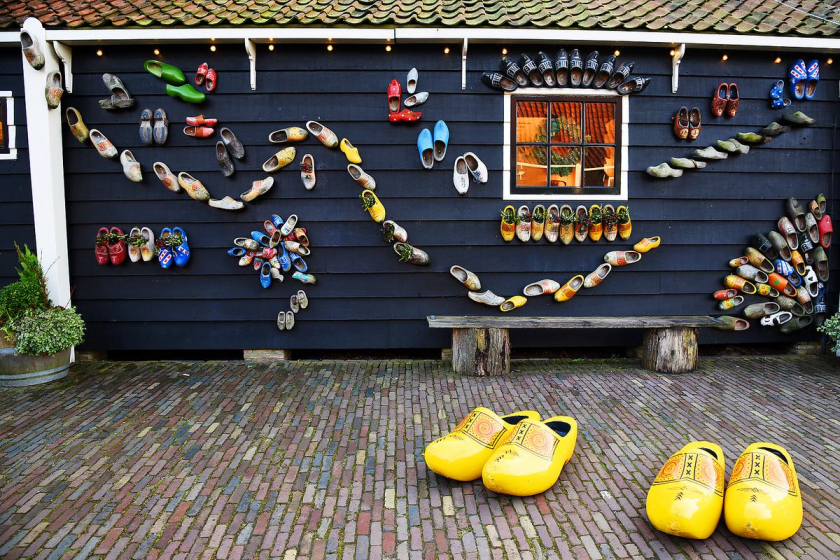
Nowadays, although Clogs are no longer used as commonly by the locals as they once were, they are still one of the symbols of the Netherlands. The shoes complete the traditional costume, are an indispensable part of the Klompendansen dance, and appear throughout the cities and countryside as a small souvenir that contains a whole cultural beauty.
